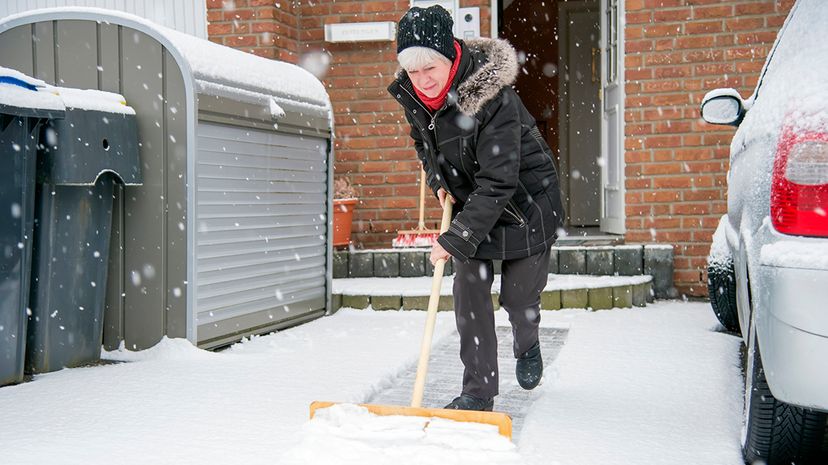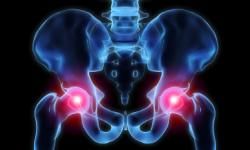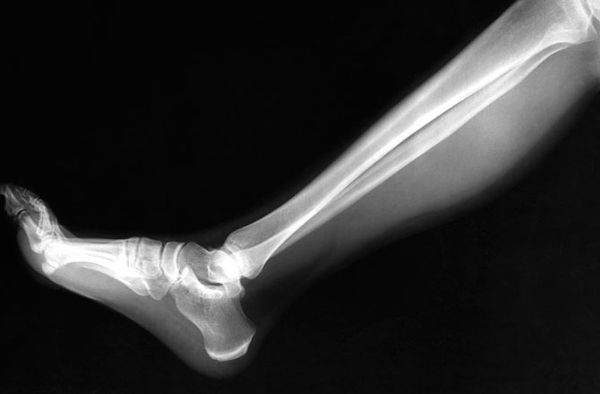
It's no secret that wintry weather conditions cause slip and fall hazards. It's not difficult to imagine the increased risk of injury to the elderly who venture outdoors only to slip, fall andbreak a hip. But that mental picture? It turns out that it's all wrong.
Apreliminary studypresented in October 2017 at the annual meeting of the American Society of Anesthesiologists finds that, counterintuitively, the elderly don't have experience more hip injuries during the cold months when it's snowy or icy outside. Additionally, the vast majority of hip injuries actually take place indoors. The study followed 544 patients at the Hospital of Central Connecticut who were treated for hip fracture between 2013 and 2016, and uncovered some surprising information.
Advertisement
While it may be easy to think of the outdoors as a treacherous space for the elderly, especially in colder months, 76.3 percent of hip injuries throughout the year happen indoors. Additionally, 55 percent of the total fractures occurred during the warmest months of the year (May through October) rather than cold months (November through April) — 56 percent of indoor fractures happened in warm months, and 60 percent of outdoor fractures also happen during warm months.
The most common cause for both indoor and outdoor injuries was tripping over an obstacle (the study authors found that indoors that was most likely to be a throw rug). The second most common cause of indoor injury was falling out of bed. Outdoors, the risk shifted to being struck by or falling from a vehicle, which came in second for outdoor hip injury causes, while falling on or down stairs was third.
The researchers didn't account for the relative amount of time patients spent indoors or outdoors in different seasons, meaning the study doesn't present a granular, moment-by-moment risk analysis, but rather takes a bigger-picture approach. And it only examined patients treated in a northern U.S. state. But the findings could inform changes to the way preventive measures are taught and taken.
"Given the results of this study, it appears that efforts to decrease fall risk among the elderly living in cold climates should not be preferentially aimed at preventing outdoor fractures in winter," said Dr. Jason Guercio, the study's author, ina press release"but should focus on conditions present throughout the year, and most importantly on mitigating indoor risk."
Advertisement





